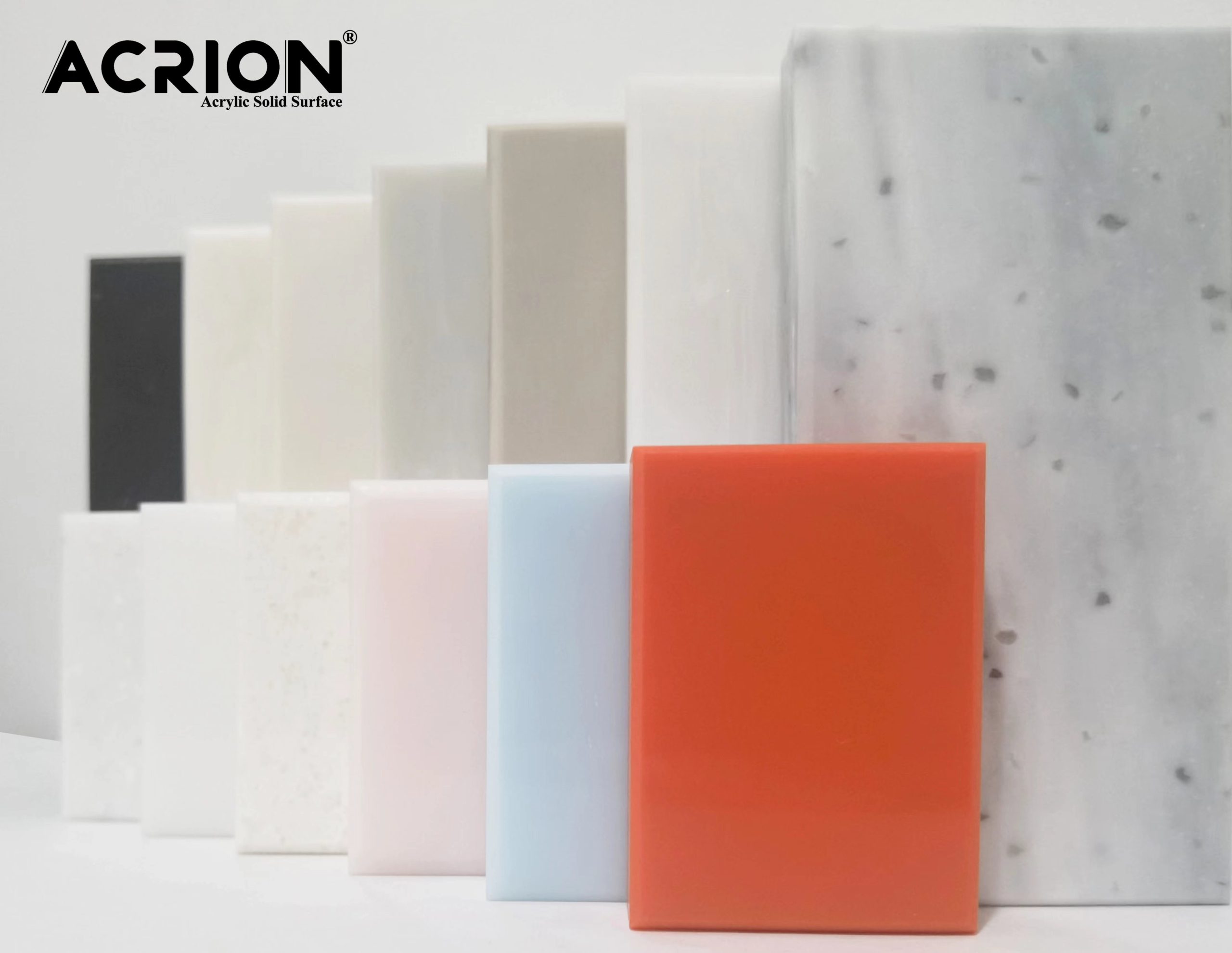The cutting of Corine countertops needs to be combined with the material properties and processing techniques. The following are the cutting techniques and precautions:
Cutting technique
Preparations before cutting
Equipment inspection: Before cutting, it is necessary to check the performance of the equipment to ensure the tightness of the saw blade, the integrity of the guard cover or safety baffle, and the stability of the operation console. Adequate lighting must be ensured when working at night.
No-load test run: Before starting the cutting machine, run it no-load for a few turns first to ensure it is safe and correct before proceeding with the cutting.
Power matching: Ensure that the power supply is consistent with the rated voltage of the power tool to avoid equipment damage caused by mistakenly connecting high voltage.
Cutting operation
Hold the cutting machine firmly: When cutting, hold the handle of the cutting machine firmly, apply force evenly, and cut vertically. Avoid forcefully cutting the saw or cutting small workpieces that are not clamped tightly.
Control the cutting speed: The cutting speed should not be too fast to avoid excessive impact on the table surface, which may cause chipping, corner dropping or breakage.
Auxiliary clamping and positioning: When sawing multiple pieces together, it is necessary to do a good job in auxiliary clamping and positioning to ensure cutting accuracy.
Special cutting treatment
Customized corner cutting: For countertops that require customized corner cutting, such as bathroom cabinets or laundry counters, precise cutting should be done according to design requirements to ensure smooth and aesthetically pleasing corners.
Drilling treatment: If it is necessary to dig water slot holes, gas stove holes, etc. on the countertop, the hole positions should be determined first, and then the appropriate tools should be used for cutting to ensure that the hole positions are accurate and the edges are smooth.
Precautions
Safety protection
Wear protective equipment: When operating, protective glasses, masks or face shields must be worn to prevent injury from dust and debris.
Prohibited operation: It is strictly forbidden to operate the cutting machine when tired, after drinking alcohol, or after taking stimulants or drugs. Work clothes must fit well. No jewelry or long hair is allowed. It is strictly forbidden to wear gloves or operate with cuffs unfastened.
Material protection
To prevent edge cracking: When cutting, you can stick masking tape along the edge of the countertop or saw from the reverse side of the board to reduce the occurrence of edge cracking. The denser the teeth of the saw blade are, the smoother the cut will be.
Avoid overheating: During the cutting process, the temperature of the saw blade needs to be controlled to prevent overheating from causing damage to the saw blade or deformation of the table surface.
Follow-up processing
Edge trimming: After the cutting is completed, the edges need to be trimmed with tools such as an edge trimming machine to ensure that the tabletop is flat and smooth.
Cleaning and maintenance: After processing is completed, the power supply must be turned off immediately. Clean the equipment and the surrounding area to keep the countertop clean and tidy.
